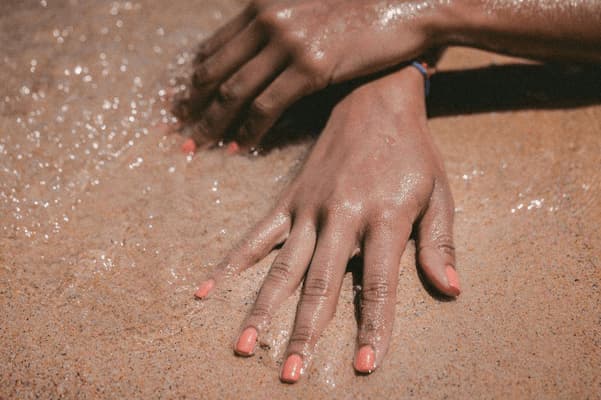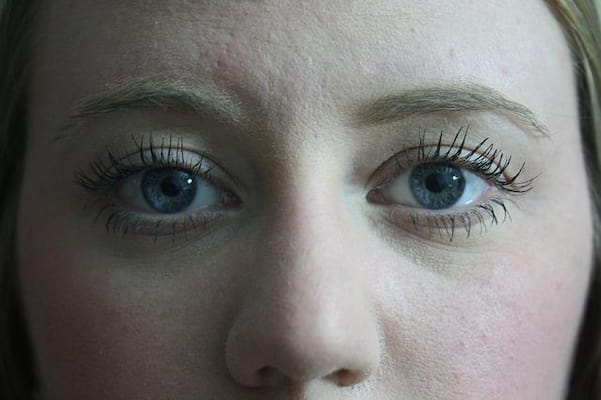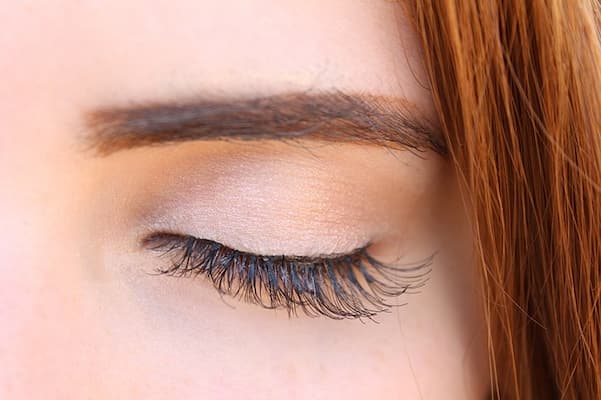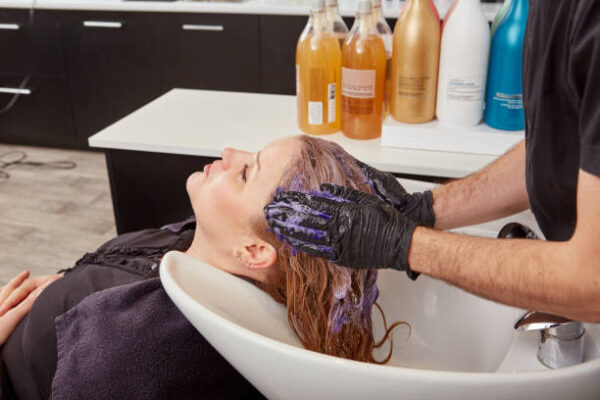Self-tanner is a quick and inexpensive technique to achieve that bronzed glow. However, applying tanner can be challenging, particularly for your hands. These simple DIY tan removers can come in handy if you’re wondering how to remove self-tanner on hands because of your streaky, orange palms.
Table of Contents
How To Remove Self Tanner On Hands?
Washing your hands right away after using self-tanner on your skin is the best way to prevent a situation where there is an excess of tanner. The extra self-tanner that may remain on your hands after application can be removed with the help of this step.
The secret is to use soft materials that do the job without hurting your skin. There is no need to look for an expensive or exotic option because many of the best exfoliants for this purpose are common household items that you probably already have. Here are a few of the top choices that you most likely already have at home!
Try White Vinegar
White vinegar contains acid, which aids in removing dead skin cells and dissolving stains, just like lemon juice does.
Use Nail Polish Remover
On the nails and fingertips, acetone nail polish remover can help get rid of difficult-to-remove patches. Due to its harshness and potential harm to skin cells, this method should not be used to remove self-tanner from other areas of your body. Use nail polish remover to carefully remove any extra tanner from your hands using a cotton swab.
Baking Soda Is Good
Add “helps to get self-tanner off” to the list of baking soda’s many miraculous uses—you’ve probably heard about them all by this point. With a few drops of water and half a tablespoon of baking soda, make a paste. Use a toothbrush to lightly scrub your fingers after applying the paste to your palms and the backs of your hands. Then, rinse it off with warm water after letting it sit for a few minutes.
Try Baby Wipes
These were designed with delicate skin in mind. Use them on their own or follow treatment with baking soda.
Attempt Lemon Juice
This is another potent exfoliant that is a natural alpha hydroxy acid. Apply a small amount, then rinse the affected areas. Additionally, you can make a scrub by combining sugar and lemon juice. Rub the cut end of the lemon on the spot if it’s only a small patch.
Attempt Toothpaste
You can remove blotches from self-tanner specifically by using whitening toothpaste. Put a small amount of toothpaste on your skin and rub it in a circular motion.
Apply Oil
The top layer of skin cells is loosened and the appearance of darkened or orange patches is reduced by soaking your hands in coconut oil, olive oil, or baby oil. When combined with gentle exfoliation, it can be incredibly effective.
Apply Body Scrub, Loofah, or Washcloth
To gently scrub and massage your hands, use any of these.
Read about: What Happens If You Leave Self Tanner On Too Long? Let’s See – Make Up Is My Art
Use Facial Bleach
The purpose of facial bleach is to lighten the hair on your face. Your palms and fingers should be gently scrubbed after placing a small amount on a toothbrush or cotton swab.
Use Sugar Scrub
The secret to getting rid of self-tanner is to exfoliate it away, and using a sugar scrub is the best way to do so (and achieve smooth, supple skin in the process!). In addition to the coarse sugar that is used in these solutions, oil is another fantastic component for removing a fake tan.
Although there are many different DIY sugar scrub recipes, the basic ratio is one part oil to two parts sugar. White or brown sugar can be used; just make sure it is coarse rather than excessively fine. Or you can spend money on a sugar scrub that has been shown to be effective on all skin types.
Use Hair Removal Cream
This item belongs to the category of lighting techniques. Apply a cotton swab to the palms, fingers, and hands.
Despite the fact that these techniques are relatively safe and non-toxic, it is still possible to overdo them. Avoid over-exfoliating your skin to prevent rashes or skin damage. Always remember to apply a deep conditioning moisturizer after exfoliating to replenish your skin’s moisture and keep it looking young.
How To Remove Self Tanner On Hands After They Stain?
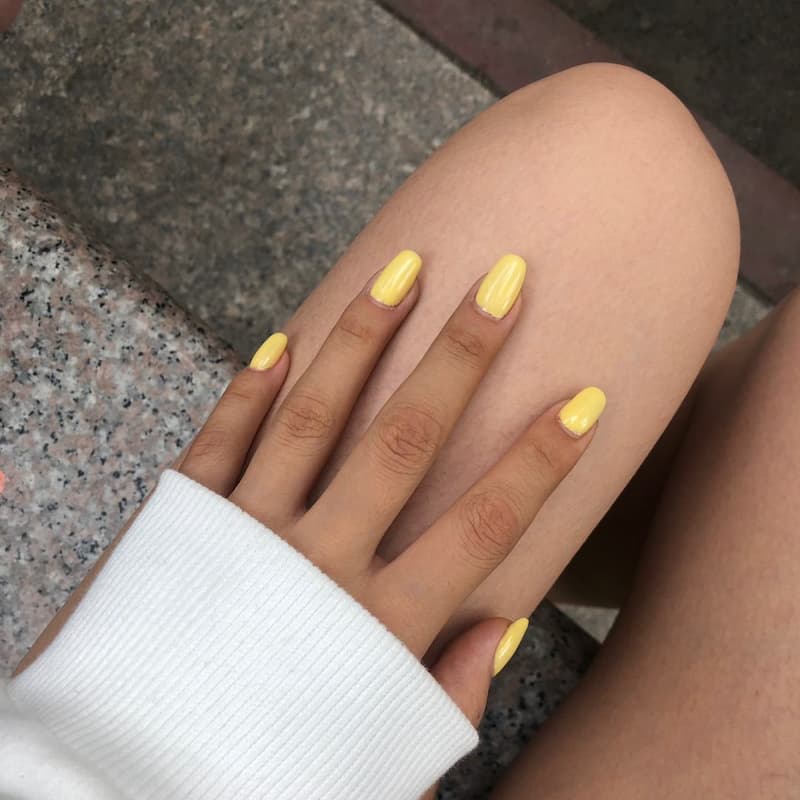
You self-tanned, but you forgot to wipe your palms afterward, and now the color is there. Now that you’re stuck with the unattractive, unnatural tan tint on the backs of your hands and in between your fingers, here’s how to get rid of it.
Wash Hands
Washing your hands now can help the tan that has been left behind naturally fade if you neglected to thoroughly clean your palms before it developed. Don’t expect your tan to disappear overnight; instead, try to concentrate your washing efforts solely on your palms and the spaces between your fingers. Reach for something more abrasive, such as dish soap, to help break down the self-tan as you wash if it is really deep.
Exfoliate
To remove excess self-tanner from your palms, you can always choose to exfoliate them. Given that your hands are typically softer and more delicate than the skin on your body, use a gentle exfoliant, and don’t overdo it. Take something you use on your face, such as the L’Oréal Paris Pure-Sugar Resurface & Energize Kona Coffee Scrub, for a gentle scrub.
Circularly rubbing it between your fingers and into your palms will help it absorb. Remember to give your hands a break in-between exfoliating sessions rather than attempting to remove your tanning mistake in one night
Pick up your night serum and rub it on your hands as an additional exfoliating method. Self-tan removers are frequently found in the store’s self-tanner aisle, and each one of them contains both AHAs and BHAs. It’s not unreasonable to assume that these acids, which we frequently use to remove dead skin cells, lighten dark spots, and even out skin tone, could also help fade self-tanner.
Pick up an acid-containing serum, such as the L’Oréal Paris RevitaLift 10% Pure Glycolic Acid Serum. Four to five drops should be applied to dry, clean hands before rubbing self-tanner-covered areas with them. Don’t use a scrub if you choose to use this hack; save it once per day. Although it might take a few nights to achieve your ideal appearance, glycolic acid will undoubtedly work to quickly fade your tan.
How To Avoid Getting Self Tanner On Hands
Using A Tanning Mitt
Always use a tanning mitt when applying a self-tanner to prevent staining your hands. As opposed to mists, which should be sprayed onto the skin and then blended with the mitt, gels, and mousses should be applied directly to the mitt.
Tanning Hands With A Mist
Spray our Purity Face Mist or Purity Vitamins Body Mist over your hands in downward motions for a natural finish. These mists apply evenly to the skin and have a soft, powdery finish.
Blending With A Makeup Brush
Use a makeup brush to create a patch-free finish if you’d rather use a tanning mousse or gel by following the hand’s natural creases.
Moisturizing Before Applying Tan
Before applying any tan, be sure to lightly moisturize your hands with our Tan Enhancing Moisturizer. To stop the tan from sticking to dry areas, pay close attention to the palms and knuckles in particular.
Conclusion
Never fear if you forget to wash your hands after applying self-tanner and it dries on your palms! One of the simplest methods for removing self-tanner from your hands and palms is exfoliation. Exfoliants remove dead skin cells so they can delicately remove the top layer of tanned skin cells, giving the appearance of lighter skin. However, excessive skin cell removal can result in discomfort or even long-term skin damage.

